“A robot suit that can help the elderly or disabled get around was given its global safety certificate in Japan on February 27, 2013, paving the way for its worldwide roll-out.
The Hybrid Assistive Limb, or HAL, is a power-assisted pair of legs developed by Japanese robot maker Cyberdyne, which has also developed similar robot arms. A quality assurance body issued the certificate based on a draft version of an international safety standard for personal robots that is expected to be approved later this year, the ministry for the economy, trade and industry said.
The metal-and-plastic exoskeleton has become the first nursing-care robot certified under the draft standard, a ministry official said. Battery-powered HAL, which detects muscle impulses to anticipate and support the user's body movements, is designed to help the elderly with mobility or help hospital or nursing carers to lift patients.
Cyberdyne, based in Tsukuba, northeast of Tokyo, has so far leased some 330 suits to 150 hospitals, welfare and other facilities in Japan since 2010, at 178,000 yen ($1,950) per suit per year. “It is very significant that Japan has obtained this certification before others in the world”, said Yoshiyuki Sankai, the head of Cyberdyne. “This is a first step forward for Japan, the great robot nation, to send our message to the world about robots of the future”, said Sankai, who is also a professor at Tsukuba University”.
The Hybrid Assistive Limb, or HAL, is a power-assisted pair of legs developed by Japanese robot maker Cyberdyne, which has also developed similar robot arms. A quality assurance body issued the certificate based on a draft version of an international safety standard for personal robots that is expected to be approved later this year, the ministry for the economy, trade and industry said.
The metal-and-plastic exoskeleton has become the first nursing-care robot certified under the draft standard, a ministry official said. Battery-powered HAL, which detects muscle impulses to anticipate and support the user's body movements, is designed to help the elderly with mobility or help hospital or nursing carers to lift patients.
Cyberdyne, based in Tsukuba, northeast of Tokyo, has so far leased some 330 suits to 150 hospitals, welfare and other facilities in Japan since 2010, at 178,000 yen ($1,950) per suit per year. “It is very significant that Japan has obtained this certification before others in the world”, said Yoshiyuki Sankai, the head of Cyberdyne. “This is a first step forward for Japan, the great robot nation, to send our message to the world about robots of the future”, said Sankai, who is also a professor at Tsukuba University”.
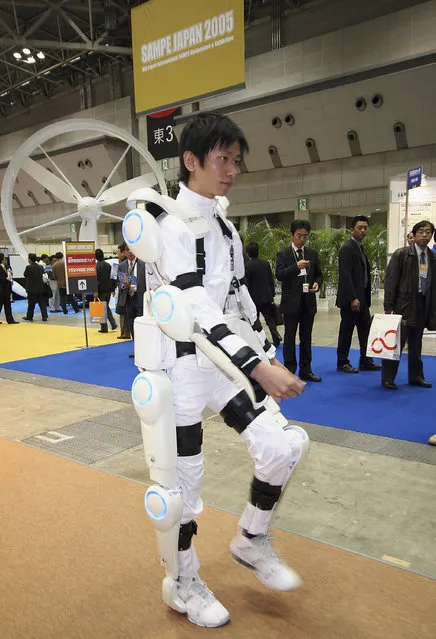
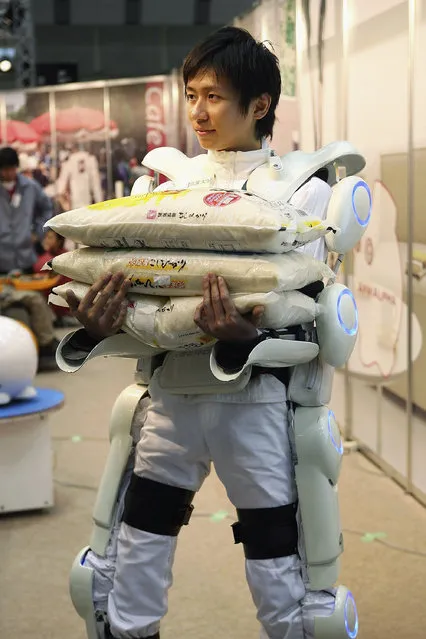
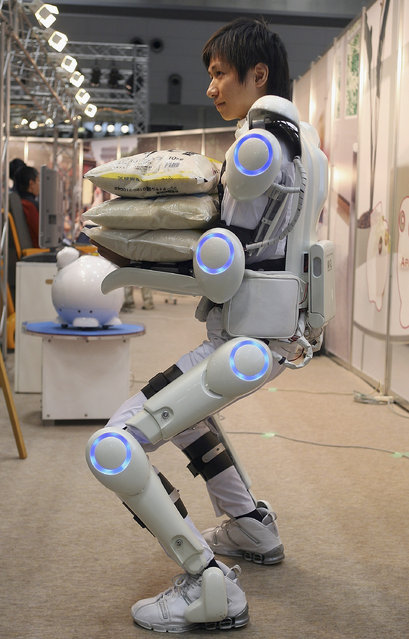
Robot suit “Hybrid Assistive Limb (HAL)” worn by a man developed by University of Tsukuba is seen lifting a 30kg weight during 2005 International Robot Exhibition on November 30, 2005 in Tokyo, Japan. By wearing the power suit, it makes it easier to move and lift heavy things. (Photo by Koichi Kamoshida)
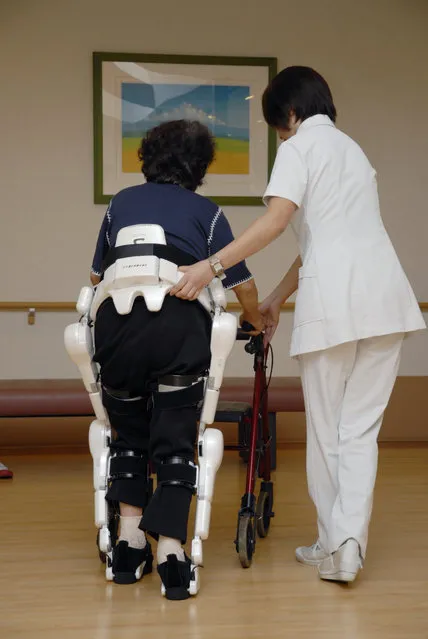
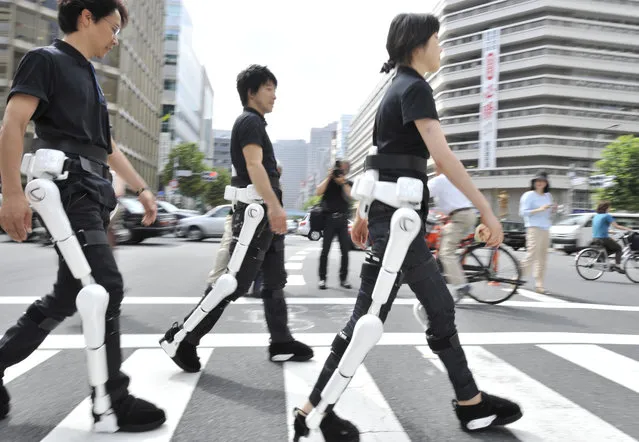
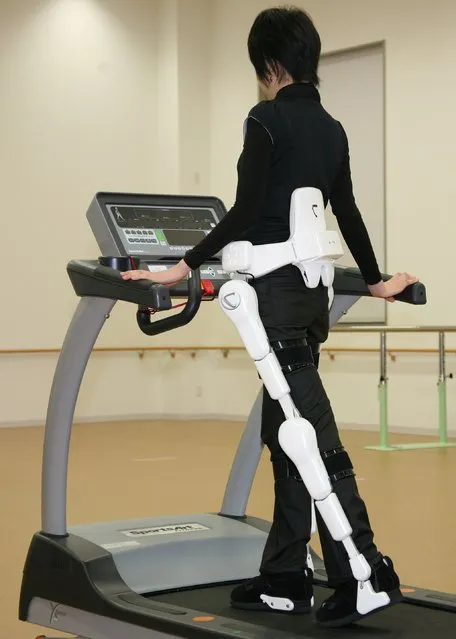
HAL – a exo sceleton, a robot suit for rehabilitation. (Photo by Prof. Sankai University of Tsukuba/CYBERDYNE Inc. )
11 Mar 2013 11:15:00,
post received
0 comments
